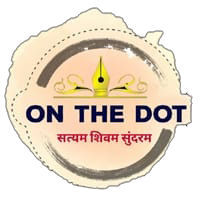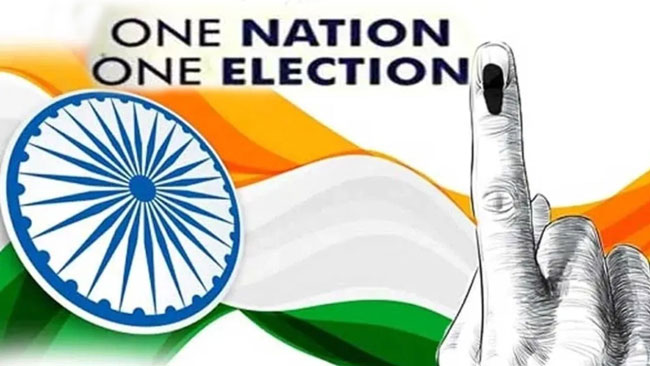Reviving ‘One Nation, One Election’ in Indiais exploring a monumental shift in its electoral system by transitioning to a single, unified election in which citizens would elect both the Central government and their respective state governments. This idea is not entirely new; it echoes the vision of India’s founding fathers, who initially adopted simultaneous elections for the country.
The History of Simultaneous Elections in India
When India gained independence in 1947, its leaders envisioned a unified electoral process. The first general election in 1952 followed this model, where both parliamentary and state assembly elections were conducted simultaneously.
This system persisted until 1967, marking the last time India operated under the ‘One Nation, One Election’ format. During that election, polling took place in a single phase nationwide, except for Uttar Pradesh, which conducted voting in four phases. Between February 15 and 21, 1967, elections were held for 520 Lok Sabha seats and 3,563 state assembly constituencies.
However, the advent of coalition politics and frequent dissolution of governments disrupted the synchronized cycle. The Congress party, which had dominated Indian politics, faced challenges including internal power struggles, anti-incumbency, and setbacks like the 1962 war against China. These factors eventually led to staggered elections across the country.
Reviving the Vision
Now, six decades later, India is seeking to revive this electoral model. The Union Cabinet, under the Prime Minister, has approved the proposal and the necessary bills to implement it. These are expected to be tabled in Parliament during the ongoing Winter Session, with hopes of making it a constitutional norm.
Global Insights: Lessons from Other Nations
Before reaching this stage, a high-level panel led by former President Ram Nath Kovind was established to study the feasibility of simultaneous elections. The panel reviewed India’s historical experience and analyzed practices from other countries, including South Africa, Sweden, Belgium, Germany, Indonesia, the Philippines, and Japan.
- South Africa
Citizens vote simultaneously for the National Assembly and Provincial Legislatures. However, municipal elections occur separately every five years. - Sweden
Elections for Parliament, County Councils, and Municipal Councils are conducted together every four years on the second Sunday of September. The country operates under a proportional representation system, where a party’s share of seats corresponds to its share of votes. - Germany
Germany employs a system with a constructive vote of no-confidence, allowing the Bundestag (lower house) to withdraw confidence from a head of government only if a successor is already agreed upon. - Japan
In Japan, the Prime Minister is appointed by the National Diet and formally accepted by the Emperor. A similar structured system was proposed for India by a key panel member. - Indonesia
Indonesia adopted simultaneous elections in 2019. On the same day, citizens elect the President, Vice-President, and members of both national and regional legislative bodies. To win, a presidential candidate needs more than 50% of the votes nationwide and at least 20% in more than half the provinces. Indonesia’s February 2024 election saw nearly 200 million voters participating across five levels of governance, marking the world’s largest single-day election.
The Road Ahead for India
India, with a population exceeding 1.4 billion, now aims to conduct the largest simultaneous election in history. If the proposal clears parliamentary approval, it may become a reality by 2029. However, the challenges of aligning diverse state election schedules and ensuring fairness and transparency will test the nation’s readiness for this ambitious reform.
The success of ‘One Nation, One Election’ could set a new global benchmark, reshaping the democratic landscape in the world’s largest democracy.




